12 Tips for Caring for Your Vintage Clothing Collection
Caring for your vintage clothing collection requires attention to detail and proper handling. Whether you have a few cherished pieces or an extensive collection, these garments deserve special care to maintain their beauty and value. From storage tips to cleaning techniques, ensuring that each item is properly cared for can make a big difference in how long it lasts. Vintage fabrics are often delicate and can deteriorate quickly if not handled correctly. With the right precautions, you can preserve the integrity of your collection and enjoy it for many years to come.
This post may contain affiliate links, which helps keep this content free. Please read our disclosure for more info.
Store in a Cool, Dry Place
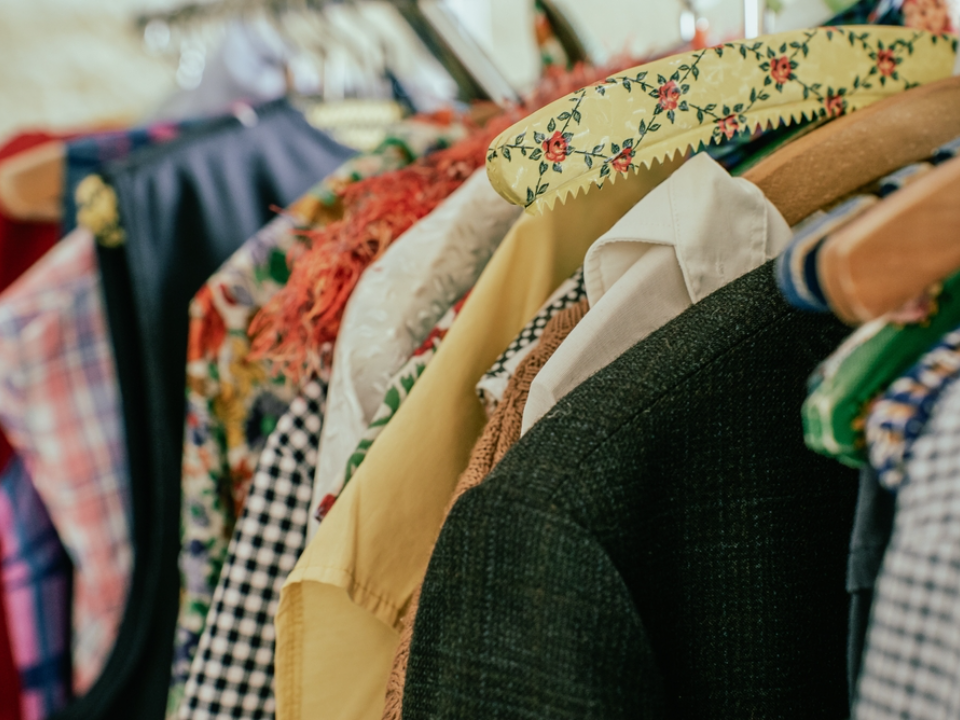
When storing vintage clothing, it is crucial to keep it in a cool and dry environment. Extreme temperatures and humidity can cause fabrics to deteriorate over time. The ideal temperature range for clothing storage is between 60 to 70 degrees Fahrenheit. Excessive heat can cause fibers to weaken, while high humidity can lead to mold growth and mildew. Therefore, it is best to store your garments in a climate-controlled room or closet.
Additionally, avoid storing clothes in attics or basements, as these areas tend to have fluctuating temperatures and humidity levels. Use breathable garment bags made of cotton or muslin to protect your vintage clothing from dust, dirt, and insects. Avoid plastic bags, as they can trap moisture and cause fabric to degrade. Proper storage will help preserve the condition of your vintage items for years to come.
Handle with Clean Hands

Before handling your vintage clothing, always make sure your hands are clean and free of oils, lotions, or dirt. Oils from your skin can transfer to the fabric and cause stains that may be difficult to remove. Additionally, handling your garments with dirty hands can cause the accumulation of dirt and grime that could damage the fabric over time. This is particularly important for delicate fabrics such as silk or wool, which are more susceptible to staining and wear.
When handling your vintage clothing, try to touch it as little as possible. You can use gloves if necessary, especially when dealing with delicate or highly valuable items. Proper care during handling will help maintain the integrity and appearance of your vintage collection.
Clean Regularly but Gently
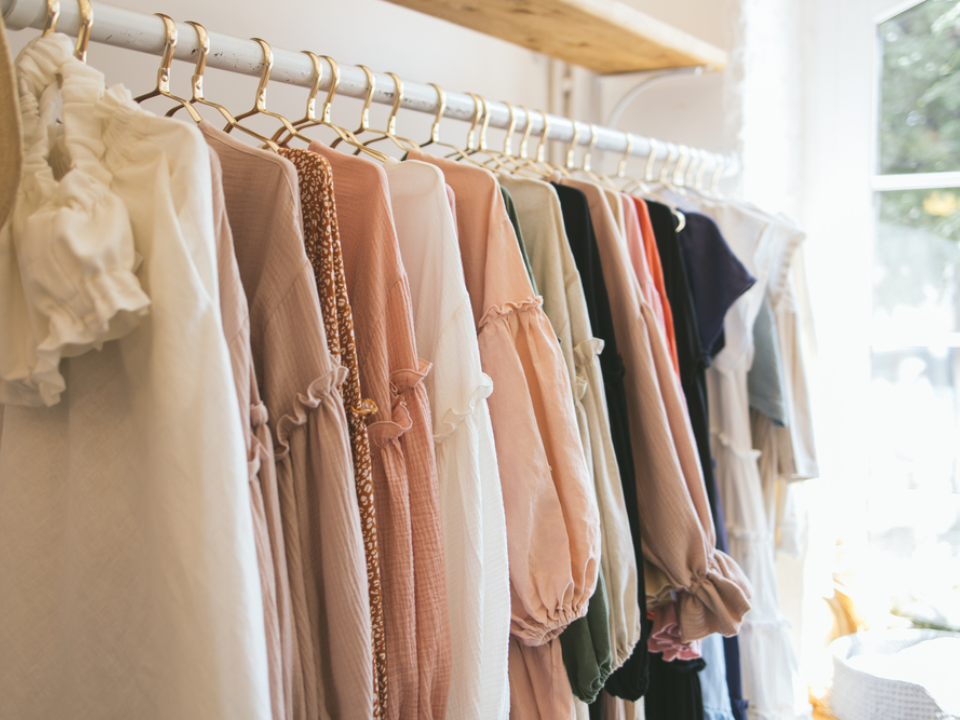
Regular cleaning is essential for maintaining your vintage clothing collection, but it must be done carefully. Over-washing or harsh detergents can cause fabrics to fade or weaken. It is often best to hand wash vintage clothing or use the delicate cycle on your washing machine, depending on the fabric’s durability. Always follow the care label instructions, but when in doubt, opt for the gentlest cleaning method possible.
For items that cannot be machine washed, consider professional cleaning or spot cleaning with a mild detergent. Be sure to test any cleaning product on a small, inconspicuous area first. Regular cleaning helps prevent dirt and oils from building up, which could lead to fabric degradation over time.
Use Proper Hangers

Storing your vintage clothing on proper hangers can make a big difference in maintaining its shape and structure. For heavier garments like coats or suits, use sturdy wooden or padded hangers to support the fabric without causing stretching. Avoid using wire hangers, as they can distort the shape of the garment over time and cause permanent creases.
For lighter fabrics such as silk or lace, use padded hangers to prevent the fabric from developing stress marks. Always ensure that the hanger is wide enough to support the shoulders of the garment without causing stretching. Proper hanging methods will help your vintage clothing maintain its original form.
Avoid Direct Sunlight
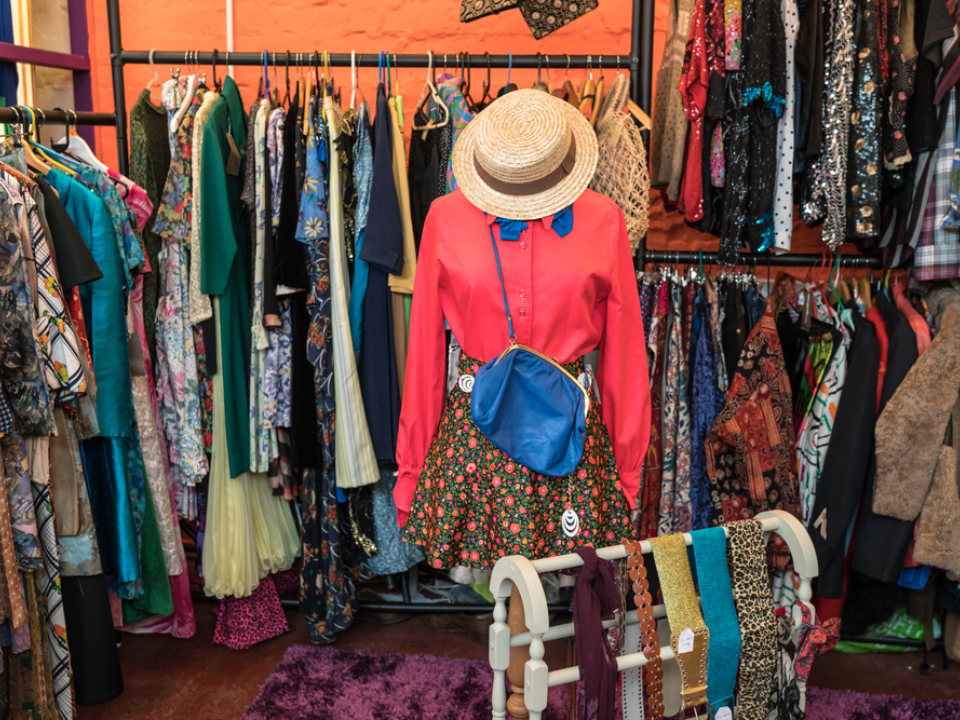
Direct sunlight can be very damaging to vintage fabrics. Prolonged exposure to sunlight can cause fabrics to fade, weaken, and become brittle. This is especially true for items made of silk, wool, and other delicate fibers. To protect your clothing from UV damage, store your vintage items away from windows or in a darkened closet or storage area.
If you must display your vintage clothing, consider using UV-protective covers or curtains to block harmful rays. Alternatively, use indoor lighting that emits little to no UV radiation. Proper lighting and placement can significantly extend the life of your vintage garments.
Keep Away from Pests
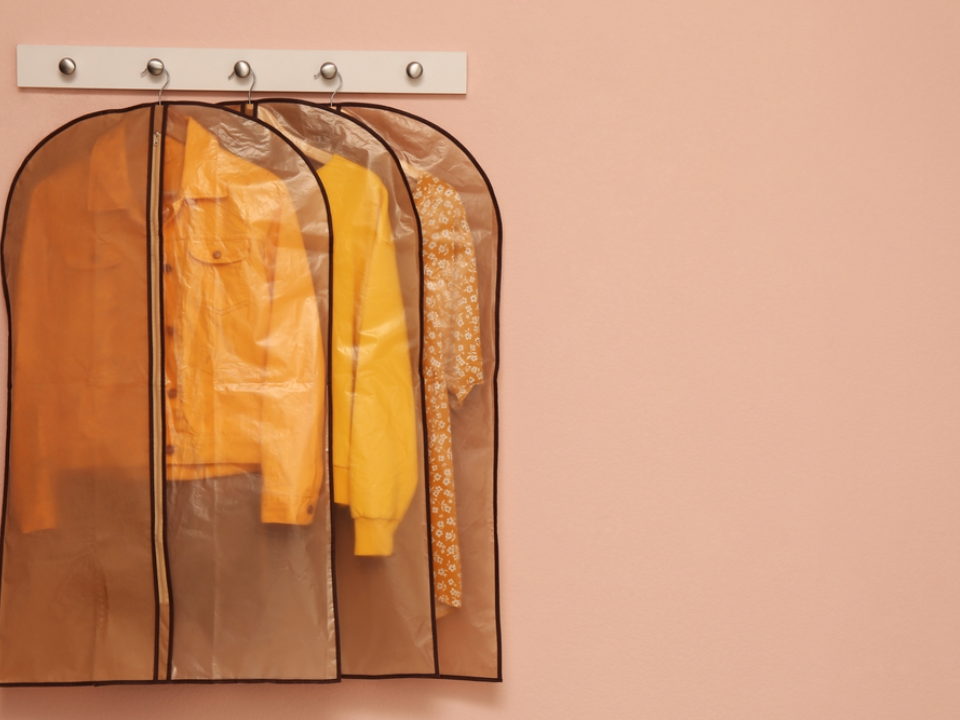
Vintage clothing can be a target for various pests such as moths, silverfish, and carpet beetles. These pests can cause significant damage to fabrics, particularly those made from natural fibers like wool, silk, and cotton. To protect your collection, store your clothing in sealed, airtight containers or garment bags. Additionally, using natural moth repellents such as cedarwood blocks or lavender sachets can help deter pests without harming the fabric.
Ensure that the storage area is free from any signs of pests. Regularly inspect your clothing for any damage caused by insects, and clean your storage area to keep it pest-free. Taking these precautions will help safeguard your vintage clothing collection from unwanted pests.
Avoid Overloading Closets

Overloading your closet with too many garments can lead to crowded conditions that cause your vintage clothing to lose its shape. When clothes are packed too tightly together, the fabric may get stretched, misshapen, or even develop creases that are difficult to remove. It is important to give your garments enough space to hang freely and maintain their shape.
If you have limited space, consider using shelf dividers or storage bins to keep your collection organized without overcrowding. Proper organization ensures that each piece is preserved and accessible, and it prevents unnecessary wear and tear caused by cramped storage conditions.
Rotate Your Collection
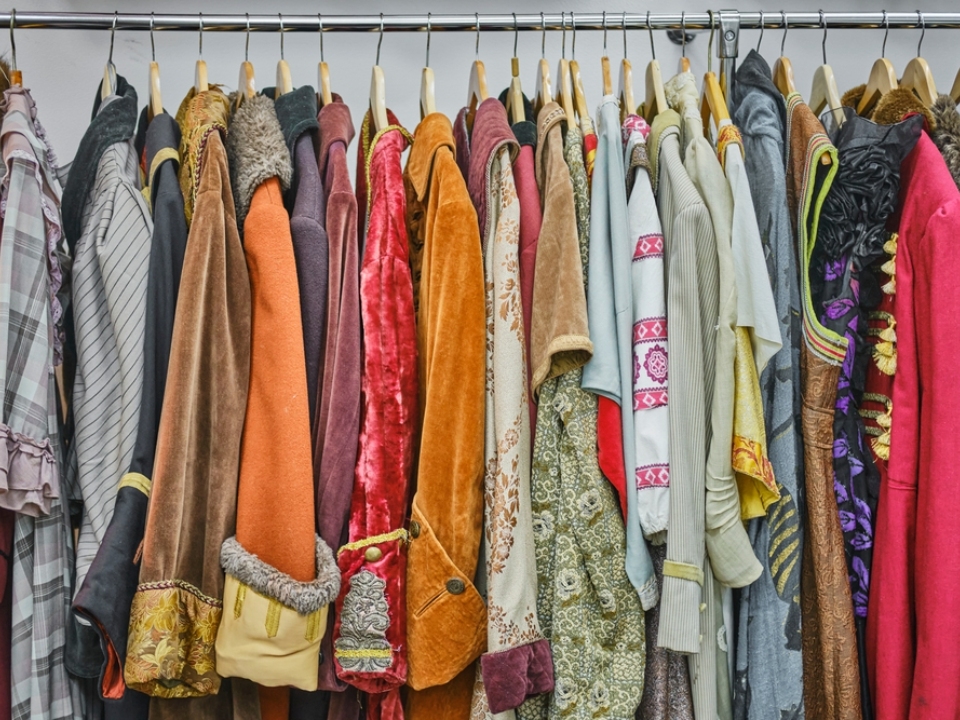
If you have a large vintage clothing collection, it is a good idea to rotate the pieces you wear or display. Frequent wear of the same garments can cause them to deteriorate faster due to stress on the fabric and constant exposure to air and light. By rotating your collection, you allow each piece to rest and preserve its condition for longer.
For items that are displayed, consider rotating them every few months to prevent exposure to sunlight or wear. This method can help keep your collection in excellent shape, allowing you to enjoy each piece without compromising its longevity.
Be Careful with Alterations

While alterations can be useful for fitting vintage clothing, they should be done carefully and only when necessary. Too many alterations or improper techniques can permanently damage the garment, especially if the fabric is delicate or rare. If you must make changes to a piece, seek out a professional tailor who has experience working with vintage clothing.
Before making any alterations, consider whether the changes are truly needed or if the garment can be worn as-is. When possible, choose alterations that do not involve cutting or damaging the fabric, such as adjusting hemlines or adding removable elements. Proper alterations can enhance the wearability of your vintage clothing while preserving its original value.
Be Mindful of Cleaning Products
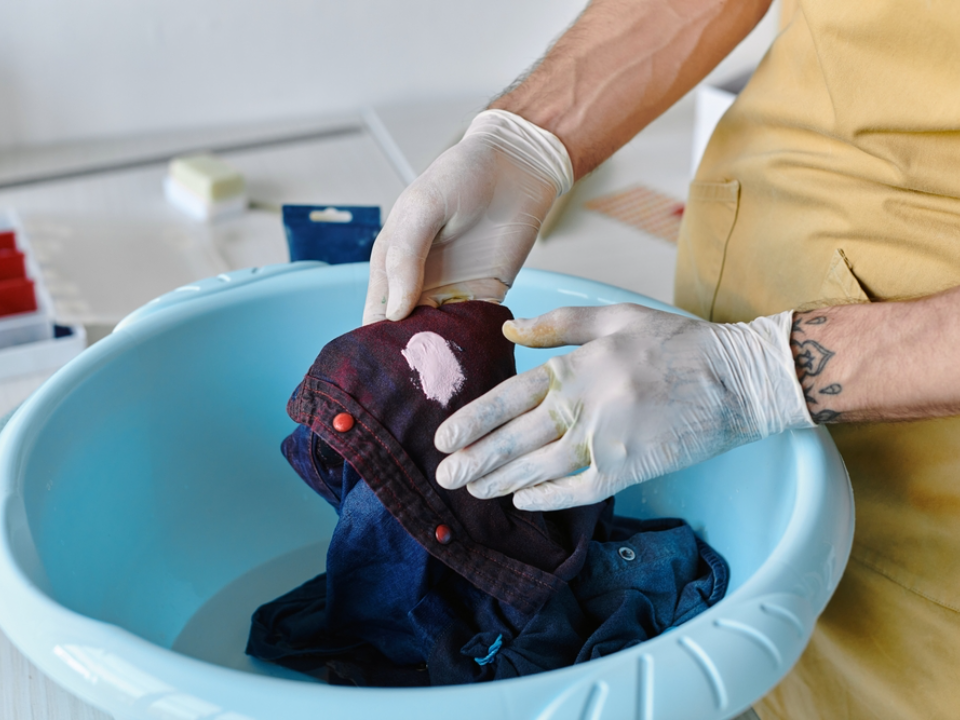
The cleaning products you use on vintage clothing can have a significant impact on its condition. Harsh chemicals, bleach, and strong detergents can weaken fabrics and cause fading, particularly in natural fibers like cotton and wool. It is best to use gentle, non-toxic cleaning products that are designed for delicate fabrics.
For stain removal, opt for natural or mild stain removers, and always test a small area of the fabric first. Avoid using bleach or abrasive cleaning agents that could damage the fabric. Being mindful of the products you use will help keep your vintage clothing collection in pristine condition.
Avoid Wearing on Harsh Weather Days

While vintage clothing is meant to be worn, it is best to avoid wearing delicate pieces during extreme weather conditions. Heavy rain, snow, and intense heat can cause significant damage to fabrics over time. Water can stain certain materials, while heat can cause fibers to weaken or become brittle.
When dressing in vintage clothing, try to choose pieces that are more durable for everyday wear, and save the delicate items for special occasions. Always check the weather forecast before deciding to wear your vintage garments to avoid any unnecessary exposure to the elements. By taking these precautions, you will ensure your vintage clothing remains in good condition for years to come.
Avoid Excessive Ironing

Ironing vintage clothing can sometimes be necessary, but excessive heat can cause irreparable damage to delicate fabrics. Always check the fabric type and set your iron to the appropriate heat level for that material. Use a pressing cloth to protect the fabric from direct heat and avoid any unnecessary shine or scorch marks.
Some vintage fabrics, such as rayon and silk, can be especially sensitive to heat. If in doubt, try steaming your vintage items instead of ironing them. Steaming is a gentler method that can remove wrinkles without applying direct heat, helping to maintain the integrity of your collection.
This article originally appeared on Avocadu.
